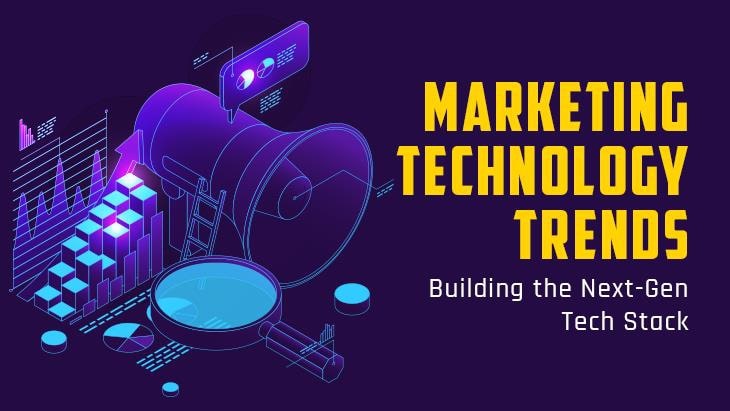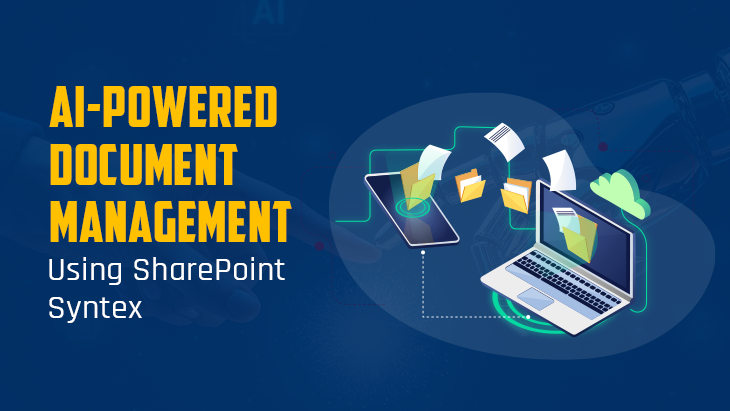Voting uses varying technologies ranging from hand-counted paper ballots to electronic voting machines resembling bank ATMs. The advancement in information processing technology is the key reason for how voting technology impacts the election. The traditional means of voting until the late 1800s was the paper ballots. Then automation began to be used to assist in counting votes. Nowadays, computer-assisted technologies are used in almost all ballots counting. Thus, it is apt to say that voting technology impacts the election in major ways.
Advantages Of Technology In Elections
People increasingly rely on technology in everyday life to do Internet banking and shopping, using GPS for directions, etc. ‘Now’ is a crucial moment to consider the voting systems used in the election process. There has been no industry that has escaped the impact of the technological revolution so far. The voting system has benefitted hugely from the use of new technologies in ballot casting and counting. The future of technology in elections looks bright because online voter registration is available and it is a great factor for online registration to increase exponentially. Online voter registration gives a complete and more accurate voter roll.
It also significantly helps in reducing labour costs when compared with hand-written paper forms that are often illegible and marred by data-entry errors. Poll books on tablets or other electronic devices have taken over printing and assembling hundreds of pages of voters’ lists for check-in at voting locations. Smartphone applications readily provide voters their polling station location. Unofficial election results can be uploading on government websites on election night. There has been a trend of electronically transmitting election results from voting locations to the central election headquarters to get a quick, unofficial count on election night. The speed of the vote count has proven essential thus relying more on the future of technology in elections to show the legitimacy to public perception mainly in developing countries.
Accuracy and speed in the election process can be improved with the use of technology in the election process - vote casting and counting technology. Approximately one-third of democratic countries are incorporating available technology into the voting process, others are shying away to implement it.
Uses Of Election Management Software
There are complexities that are critical with the available voting system options. ‘Security’ is not only the challenge in developing electronic voting systems but also protecting the secrecy of the ballot, an important principle of free and fair elections. There are various vulnerabilities of online voting that makes it fundamentally insecure. There may be unobserved vote manipulation, denial of service attacks, privacy concerns, malware intrusions, etc.
Though no known technology is there to guarantee the secrecy, security, and verifiability of a marked ballot transmitted over the Internet but the implementation of elections management software can help solve major problems related to the voting process. It is mostly a secure web-based software system with the latest technology. Companies specialize in election management software can offer services such as campaign management, track all the expenses, easy interaction with voter & volunteer. This software allows the management of jurisdictions of all sizes providing security features like physical and system access controls, audit logs, proprietary flash drives, system application controls, and encryption, hash validation, and digital signature.
Blockchain-based voting relies on a decentralized, distributed digital ledger. It is also not totally secure because it is vulnerable to the security flaws inherent in internet voting, such as the malware to alter votes on a voter’s local device before transmitted it, and the lack of secret ballots.
End-to-end verifiable election software is based on cryptography to encrypt and protect votes. It also allows voters to see if their vote was properly recorded, correctly tabulated, and that the final vote count the cast votes are the same. This software can be integrated into existing election systems so that the security of the voting infrastructure is enhanced. For instance, Microsoft’s software development kit Election Guard, an open-source software packages that include end-to-end verifiability systems could increase security if implemented in future elections.
Many projects aim to develop secure hardware focused on developing hardware resistant to software-based attack through novel CPU designs. To make it secure, secure hardware is required.
The verdict is, it is necessary to consider the relationship between voting behavior and ballot design and construction. An experiment conducted to find out the impact of three voting technologies - manual paper and pencil, computerized punch-card, and direct recording electronic on voting behavior concludes that voters using the computerized punch-card system less exercised their full franchise by voting for a complete slate of candidates as compared to the other voting systems. Overall, voting technology brings in such features as end-to-end workflow, efficient results reporting, flexible election management, and improved the post-election audit process.
















Post Comments